- BY tictac
- POSTED IN Basic Elements of Photography
- WITH 0 COMMENTS
- PERMALINK
- STANDARD POST TYPE
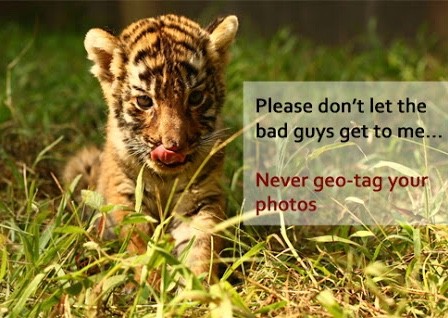
Though it is impossible to tell how exactly an animal will react to your presence, yet a basic knowledge and understanding of animal behaviour will ensure that the animal does not suffer distress simply so that a photograph can be taken. A wildlife photographer must put the welfare of the animal ahead of getting the picture. There are known cases where photographers have destroyed sites to ensure exclusivity of their images, and use live bait to capture “once in a lifetime” pictures.
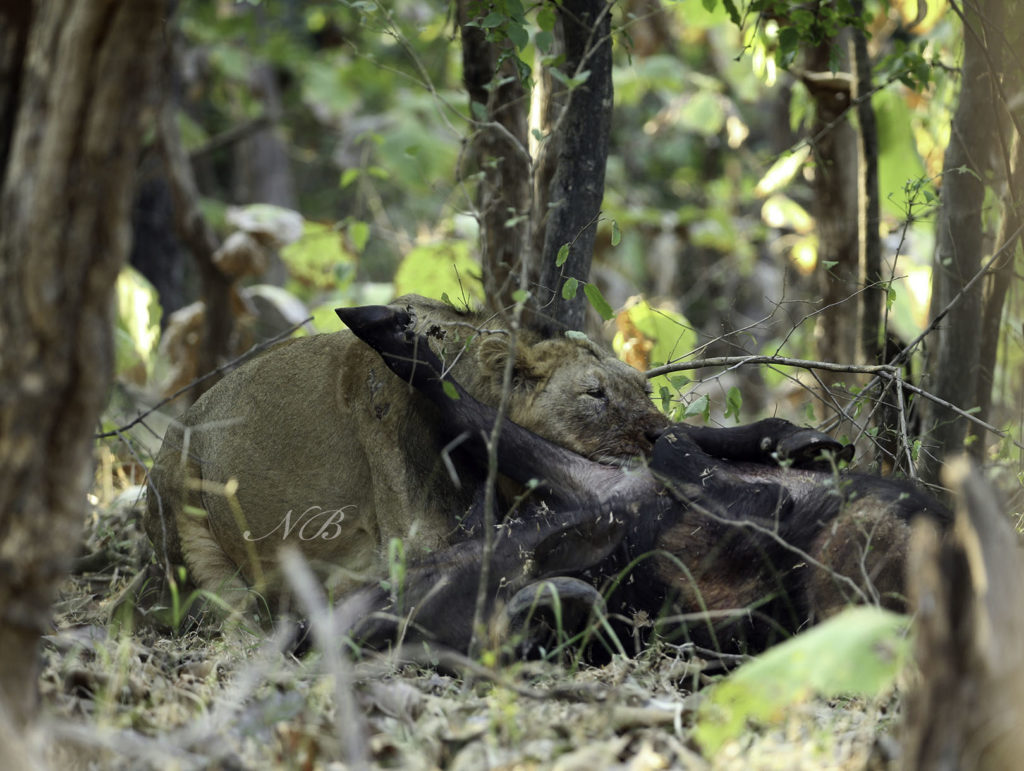
On a smaller but no less harmful scale, over enthusiastic photographers have often chased and surrounded wild animals in their jeeps to take pictures. Such acts undermine our reasons for taking photographs of wildlife, and make photographers unwelcome in many places.
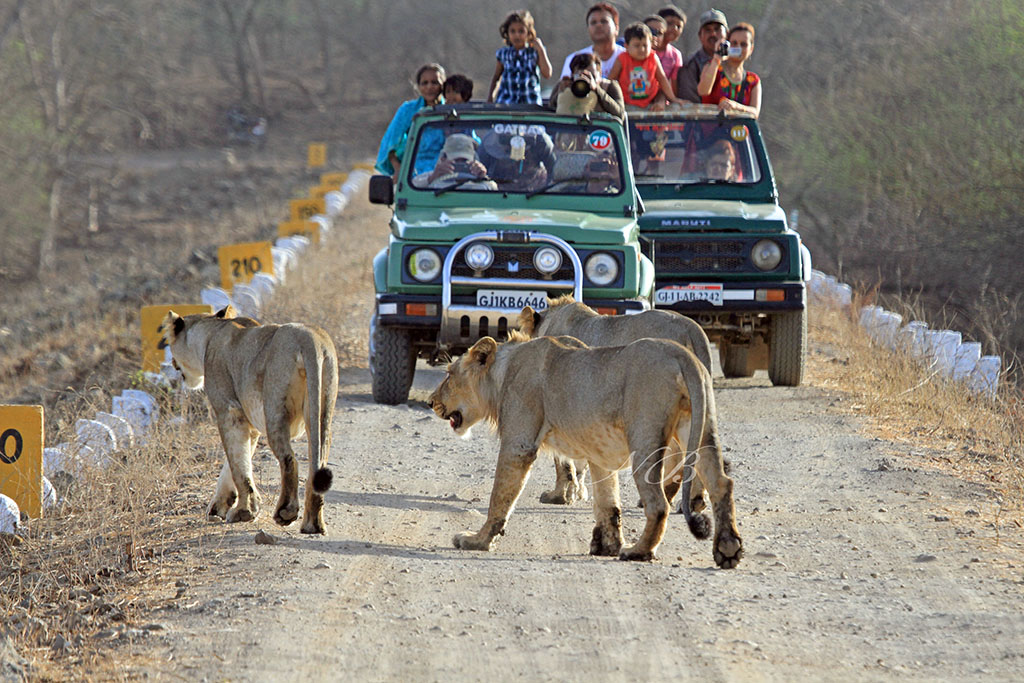
There are many wildlife laws and they are subject to continual change. It is the duty of the wildlife photographers to ensure that they are aware and respectful of the environmental laws of the country they are photographing in.
Very often use of flash is prohibited in the wild, for good reason. Flash light creates distress in animals who tend to back away from confrontation.
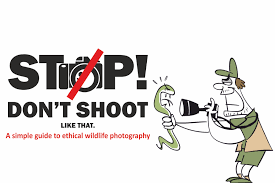
Further more carelessly geotagging the photographs can often reveal the location of the wild animals to unscrupulous hunters. Hunters have reportedly been turning to geotagged photos on social networks in order to find out where they can make their next kill.
A photograph that has recently been making the rounds on the Web shows a sign that has been put up at an undisclosed reserve. It reads:
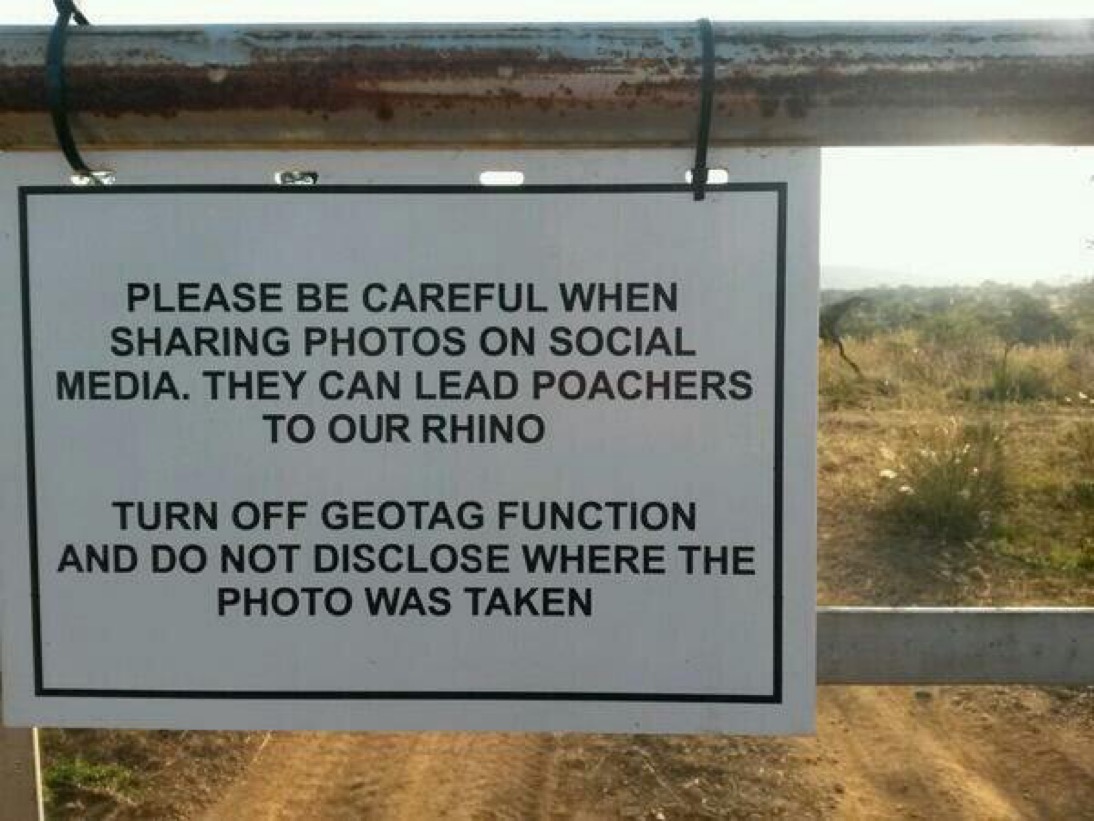
In the end it is highly recommended that every wildlife photographer should be respectable to the forest guards and other officials in charge, and abide by the rules and regulations that govern the place.

